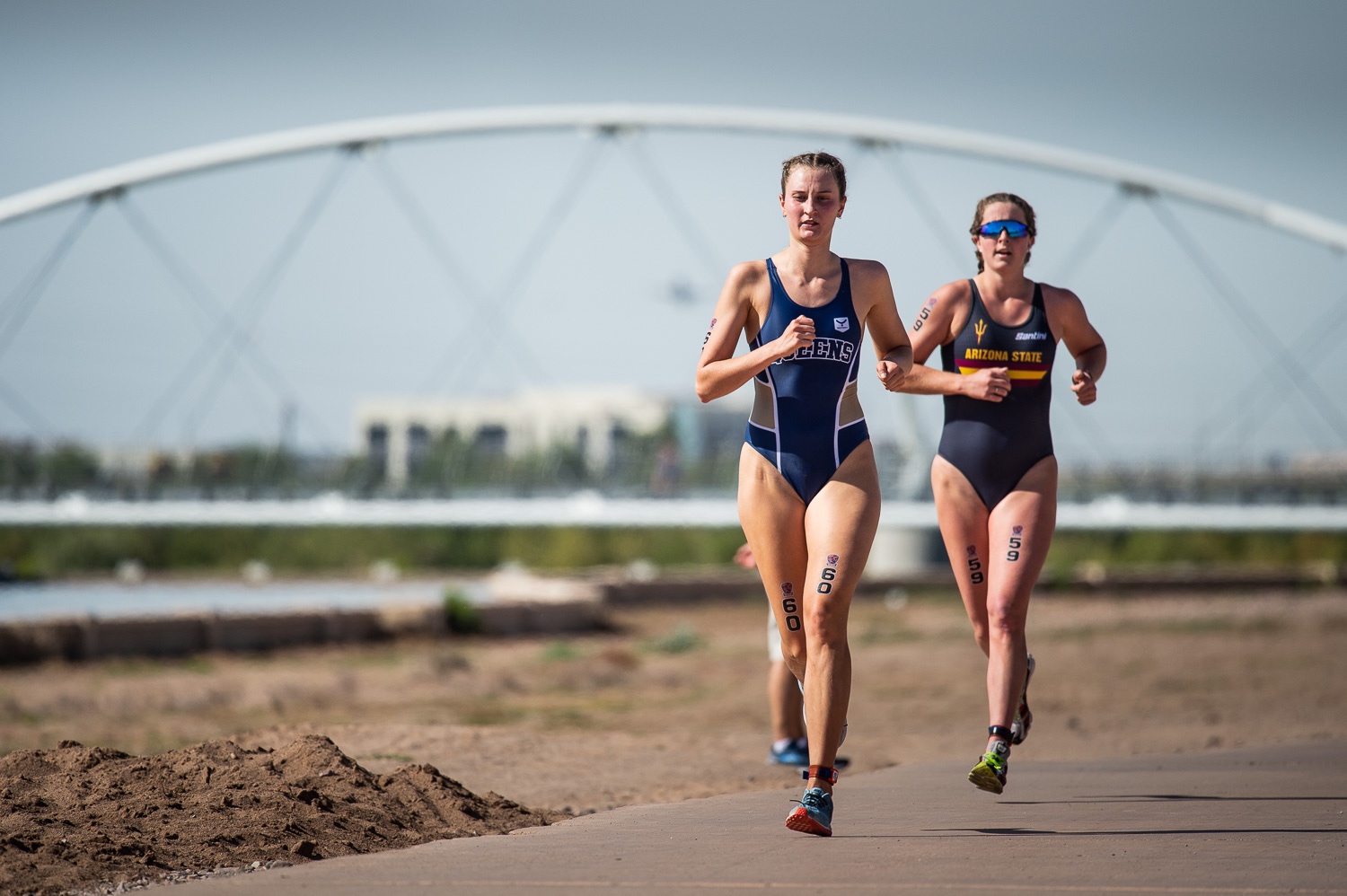
In the early 1990s—years after the passage of Title IX was supposed to guarantee an equal playing field for women student-athletes—the numbers were still not adding up at NCAA headquarters. While student enrollment at most universities was split fairly evenly between the sexes, women made up only 30 percent of all student-athletes on campus.
Faced with that reality, the NCAA began a process that culminated in 1994 with the “emerging sports for women” program, an effort to give sports a framework to establish women’s varsity programs by meeting certain benchmarks. Chief among those benchmarks was this: If 40 schools offered institution-backed programs in a particular sport within 10 years, the NCAA would consider taking over that sport’s championships.
Many sports have an active club or recreational presence on campus. But for an emerging sport to count as an official varsity program toward that goal of 40, it must meet several criteria, including that it be administered by the university’s athletic department and be reviewed or certified by a staff member designated by the school’s president, chancellor or committee responsible for athletics policy.
As the emerging sports program turns 25 years old, there is evidence that progress is being made. In that quarter-century, five women’s sports have managed to graduate from emerging status to full-fledged championship sports overseen by the NCAA: rowing (1996), ice hockey (2000), water polo (2000), bowling (2003) and, most recently, beach volleyball (2015). “One common thread you’d find with sports that have been successful moving from emerging sport status is they have a foundation, an infrastructure, a presence at all levels of competition,” said Jean Merrill, the NCAA’s director of inclusion. “That presence is from youth sports to high school and club sports to college sports to national, amateur, international, even the professional level.”
And the overall results? In the 2016–2017 season (the most recent school year for which data were available), women comprised 54 percent of all undergraduates and 44 percent of all student-athletes, an improvement from the situation when the program began. “We’re certainly moving in the right direction,” said Merrill. “But we still have a ways to go.”
That can be said as well about the three sports that are currently on the emerging list, awaiting their potential inclusion as official NCAA championship sports: triathlon, rugby and equestrian. Each has taken its own journey to get—and remain—on the list. Each has a different structure and type of organization leading the charge. And each has its own challenges still ahead.
“There’s a process, and it’s not one to be taken lightly—nor should it,” Merrill said. “The whole purpose of the emerging sports program is to provide these really robust, enriching athletic opportunities that parallel our other NCAA sports. That’s not an easy task to do and requires some time and investment. It’s a long haul.”
Representatives of each effort will be presenting updates to the NCAA membership at the association’s annual convention, January 23–26, in Orlando. Leaders of the efforts for each sport are hoping the information presented will spark more programs to become interested in their sports.
“We think this is really exciting,” said Amy Rusert, commissioner of the National Intercollegiate Rugby Association, on the upcoming presentation. “At the end of the day, we’re not competing for the same athletes, and we’re all focused on growing the number of opportunities for women to compete in NCAA sports.”
Triathlon
Of the three sports on the emerging sports list, triathlon—the relative newbie—began its official NCAA journey in 2014. But in reality, the effort began as far back as 2003 at the office of USA Triathlon in Colorado Springs, Colorado.
That’s when the national governing body, which had kept tabs on the growth in collegiate club programs, decided it was time to take more control over the sport at that level and grow it, said Tim Yount, USAT’s chief sport development officer. Today there are 131 collegiate club triathlon programs, enough that for years the NGB has organized an annual club national championship in April. (The 2017 and 2018 events were staged in Tuscaloosa, Alabama.) But with 26 varsity programs now in place as part of the NCAA emerging sports program, the NGB also organizes a collegiate championship for those teams that qualify, held every November since 2015. (The 2017 and 2018 events were staged in Tempe, Arizona.)
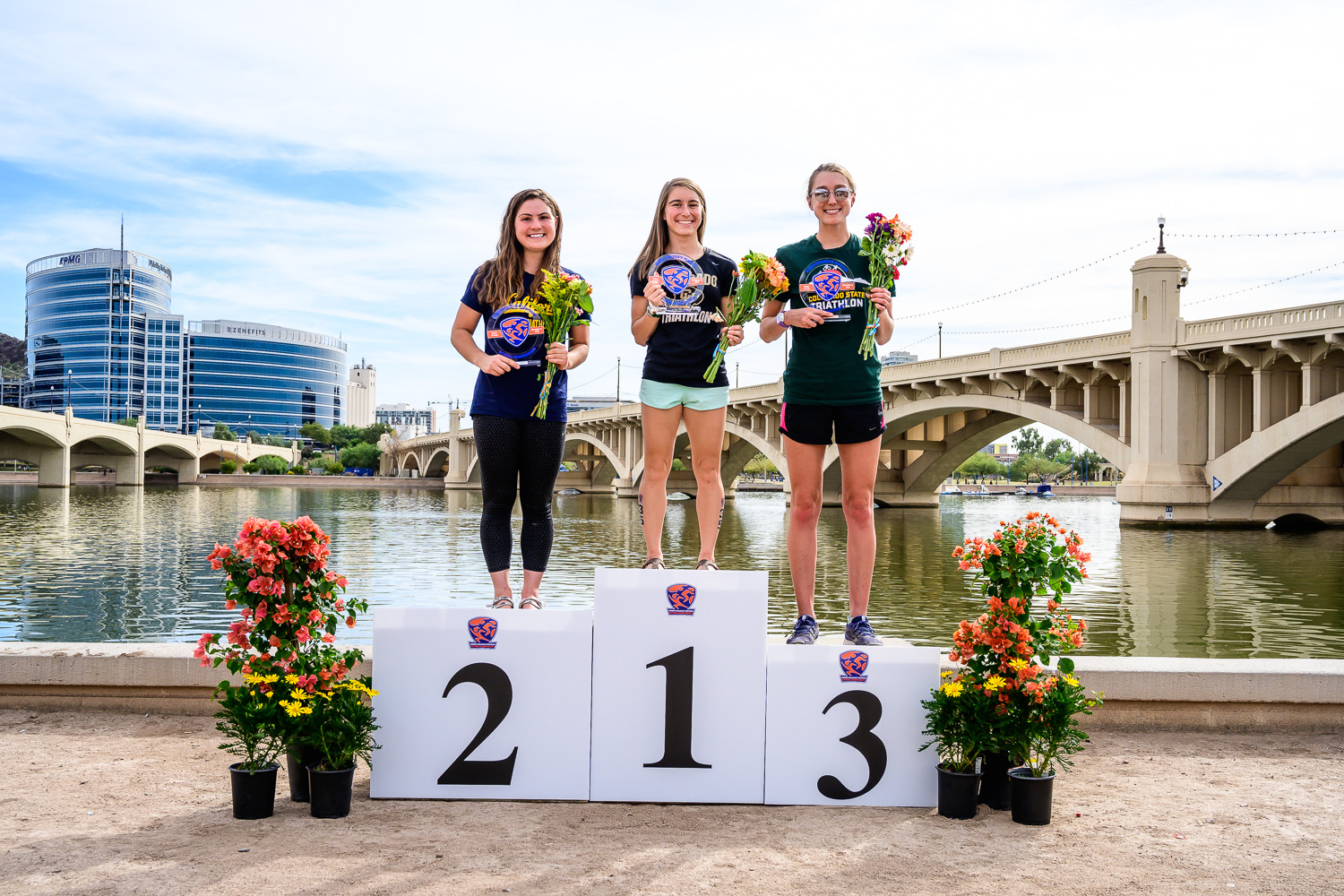
Building up the club program before pursuing varsity status for programs on campus was key. “If we had failed as a club development program, we would never have gone the NCAA route,” Yount said.
One goal of growing the collegiate triathlon space is related to another of the NGB’s missions: developing athletes for the Olympic Games. That goal became more concrete when triathlon joined the Olympic program in 2000. Yount said the NGB looked to the success that USA Swimming and USA Track & Field, in particular, have had at developing elite athletes through strong collegiate programs and saw a potential model. “We needed to create a feeder system program that would help identify more talent for Olympic Games type of athletes,” he said.
The effort also includes encouraging international athletes to enroll and train at collegiate institutions in the United States, a practice that has become common for sports such as swimming. That reality has made for a decent pitch to athletic directors considering the addition of triathlon to their campus offerings. “The international push is really growing and growing fast,” Yount said. “When athletic directors come to us and say we don’t know if there’s a market for finding talent, we remind them it’s not just domestic talent.”
The rapid growth of varsity triathlon is also the result of a concerted financial commitment that USAT made early in the process. In 2014 the NGB announced a $2.6 million grant program to help universities start triathlon programs, money that can be spent on coaches’ salaries, equipment, travel and other uses.
Merrill said that financial support has been key in keeping momentum going for the sport. “They are very aggressive, in a positive way, and very involved as an NGB in the funding and the recruitment of institutions who sponsor triathlon—and the messaging of the many benefits of sponsoring triathlon,” Merrill said.
While the 26 programs that have joined have been spread across the country, the latest— Hampton University in Hampton, Virginia—became the first HBCU (Historically Black Colleges and Universities) to announce it will launch a varsity program, giving hope that other HBCUs may be interested in joining as well. (Hampton received a $225,000 grant from USAT to launch the program.) Toward that end, the NGB has announced it will plan several initiatives on engaging HBCU schools, including an athlete combine to identify potential talent and a professional development program for students interested in working in the Olympic movement.
As for the varsity championship currently administered by USAT, the schedule includes three regional qualifiers as well as the national championship the first week of November. The first such championship event was staged in Clermont, Florida, and the event has also been held in New Orleans and Tempe, Arizona. Yount said that USAT is looking to have host cities even more involved in the event in years to come, to help welcome athletes to their communities, connect with local vendors or identify speakers on topics such as leadership.
Another advantage of hosting, at least until the NCAA potentially takes over control of the event, would be the ability to package the collegiate championship around an adult race, adding a bigger footprint to the event week. Such a pairing would also allow those college athletes who didn’t qualify for the championships a chance to compete on the same weekend as those who did. “That’s the impact we can have on communities,” Yount said.
Rugby
While triathlon’s ascent has been quick, the case for rugby has proceeded at a slower pace over the years. But the inclusion of the rugby sevens version of the sport in the Olympic Games in 2016 has brought new life to the effort.
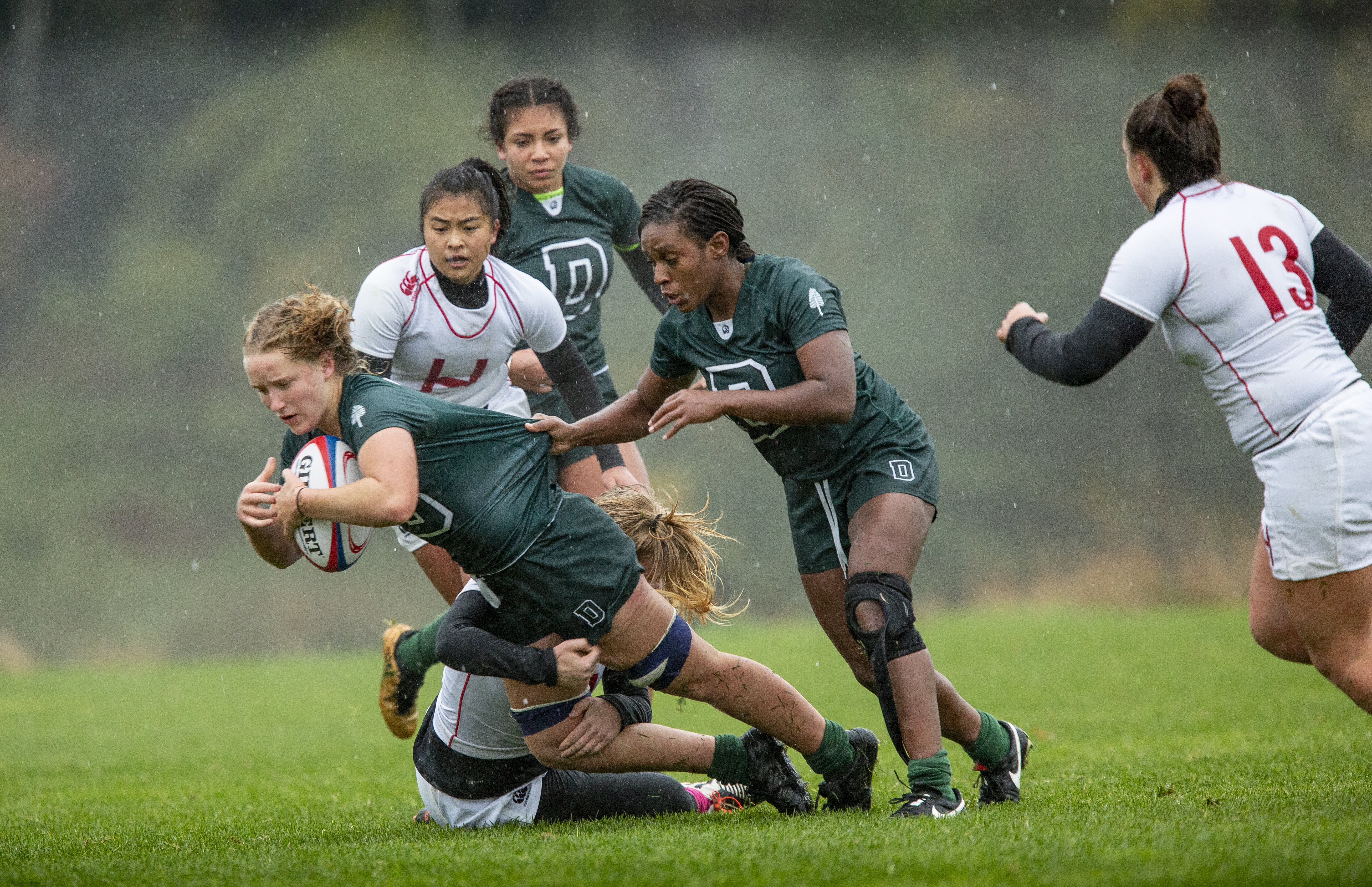
As with triathlon, the sport’s national governing body, USA Rugby, is involved in the campaign to reach NCAA championship status. But the bulk of the work has been handed off to the National Intercollegiate Rugby Association, or NIRA, which has also been organizing a collegiate championship in the traditional 15-a-side version of the sport.
Rugby has been on the NCAA’s emerging sports list since 2003, but it has been granted extensions to the 10-year limit after showing steady progress over the years. According to the NCAA, there are 19 university programs offering the sport in 2018–2019, including seven each in Divisions I and II.
While the NCAA version is the traditional form of the sport, the introduction of the sevens version in the Olympic Games has sparked new interest in the effort, according to Rusert, who is coach of the Air Force rugby team as well as NIRA commissioner. Also helping matters has been a marked increase in participation in rugby nationally, especially at the high school level, she said.
Another positive for rugby as it makes the case to athletic directors is the fact that teams can have 40 to 50 people on a roster, allowing more opportunities for women to participate as student-athletes.
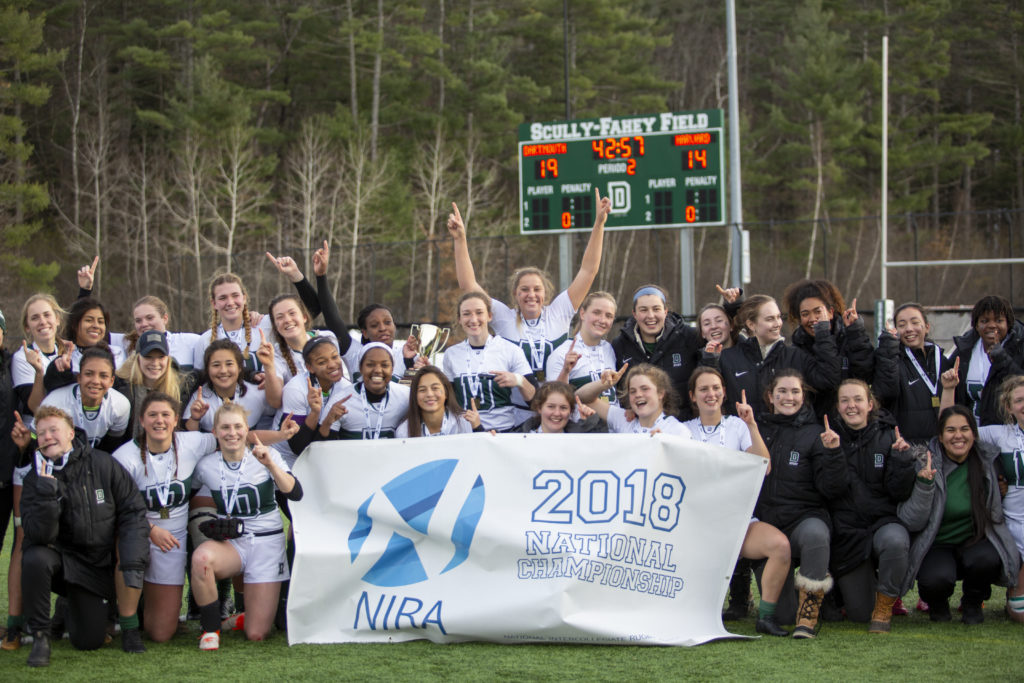
NIRA operates two tiers of programs, with neither being division specific. The first tier is for larger or established programs. The second tier is reserved mainly for new programs, smaller institutions or Division III schools. NIRA operates a fall championship (this year hosted and won by Dartmouth) but teams are also able to compete in a collegiate sevens championship maintained by USA Rugby in the spring.
Rusert said NIRA prefers to continue endorsing the traditional version of the sport over sevens because it allows more opportunity for participation. “It also addresses a host of body types and athletic skill sets,” she said.
New England College will join the varsity ranks in fall 2019, and another Division II program may be announcing a team as well, Rusert said. As for making the case to schools to add more programs, Rusert said NIRA has asked athletic directors with existing programs to evangelize the benefits to their fellow ADs. “If we can equip our administrators within NIRA, they’ll be the best advocates and educators for their peers within the NCAA,” she said. “It’s also our hope that we can see some expansion at the conference level,” noting that two Ivy League schools—Dartmouth and Harvard—faced off in last season’s finals.
All of those factors combined give Rusert hope that the sport will eventually emerge from the emerging list. “We hope we’re going to hit a tipping point where we get to that 40, and fast,” she said.
Equestrian
One obvious challenge facing equestrian in its quest to grow the sport is facilities. But universities are figuring out ways to make it work.
The sport has been on the emerging list the longest of the three still in the mix, first landing its place in 1999. Slow and steady progress has kept it on the list despite having reached the 10-year threshold long ago. And in 2016 it survived a recommendation by the NCAA’s Committee on Women’s Athletics to remove it from consideration. Currently, the program remains on the emerging list for Division I and II, with 23 schools offering programs.
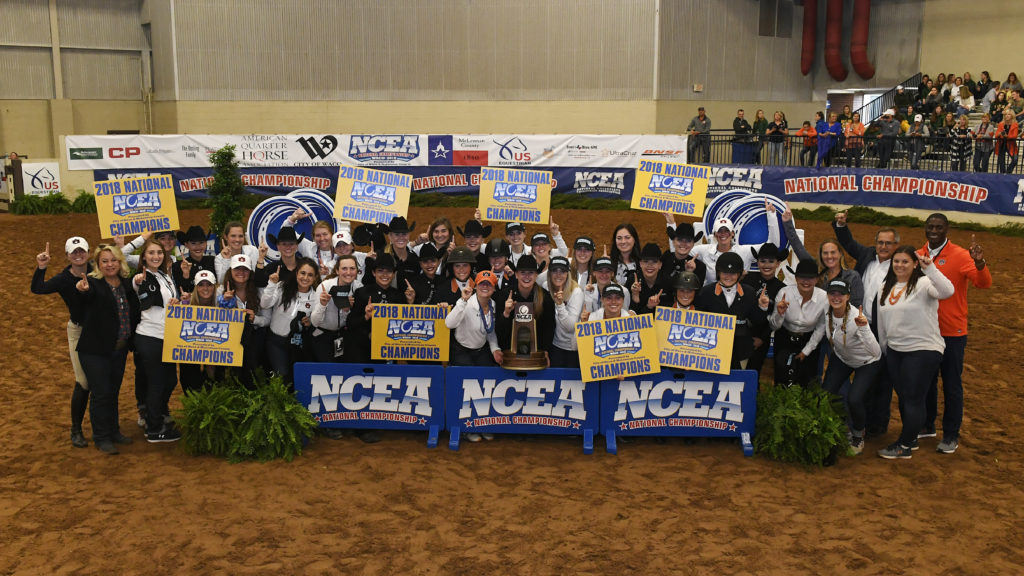
As for those venues, universities have options. At Baylor University in Waco, Texas, which launched its equestrian program during the 2005–2006 season, school officials first leased a venue and then constructed their own facility. “For equestrian, like every sport, you have to evaluate your facilities,” said Nancy Post, Baylor’s associate athletics director for business and senior woman administrator. “But you can lease a facility, you can purchase a facility, you can build a facility very similar to every other sport. The fact that you’re bringing two-legged and four-legged athletes in to your programs—that’s a little different. The equipment used for the sport is live and that equipment is your horse, so that brings a different nuance.”
For schools that take up the cause of equestrian, the sport can be a boost to the opportunities for women athletes. A typical team can have up to 20 athletes competing, which was one reason for keeping the sport on the emerging list when the issue recently was addressed. “Why take away opportunities for participation for women when there are so many women participating in this sport, not necessarily from the number of teams but from the number of student-athletes?” Post said. “It’s larger than many current championship sports.”
Today, Baylor serves as the host institution for the four-day national championships organized each April by the National Collegiate Equestrian Association, the group authorized by U.S. Equestrian to oversee the varsity efforts with the NCAA. Baylor has hosted the event off-campus since 2006–2007 at the Extraco Events Center in Waco, a venue that has enough practice rings, as well as sufficient seating for the 3,500 people who typically attend.
“The facility is very capable and their staff is very willing to assist in any way that we need,” Post said. The venue is set to host the championship through 2020. The partnership with the center has been a good one as the city of Waco determined long ago it could stake a claim as a permanent host of a collegiate championship, not unlike Omaha for NCAA baseball or Oklahoma City for NCAA softball, Post said.
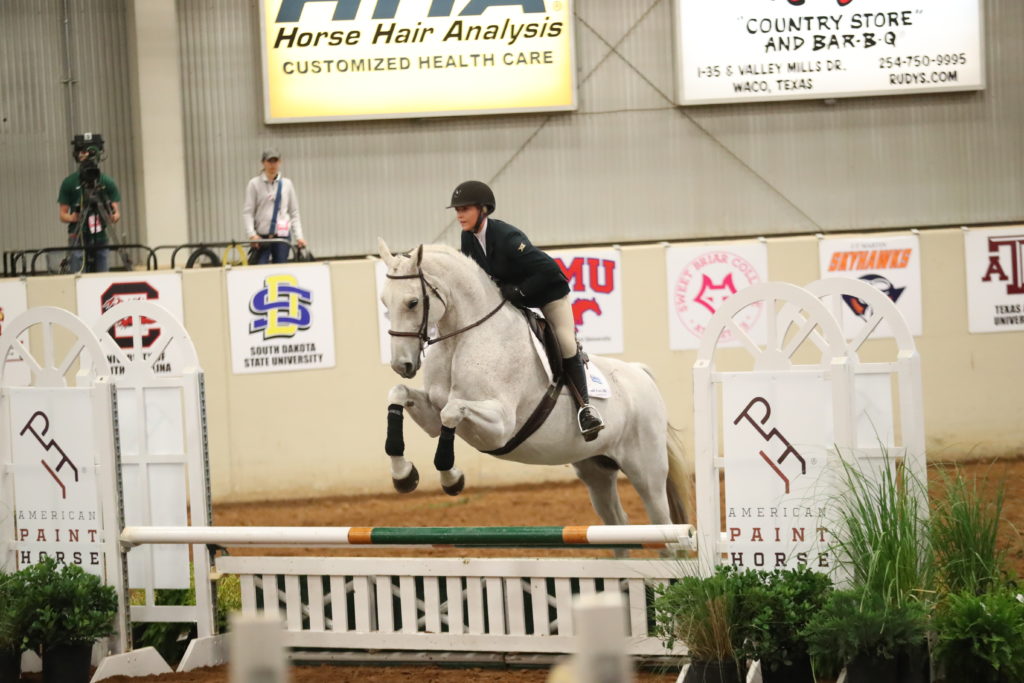
Waco also is a desirable location since it serves as a central location for schools that offer programs. In addition to the athletes that make the championships, 150 of the best-ranked horses in collegiate competitions leading up to the championship travel as well. (As a way of equalizing the competitive field, student-athletes are not allowed to ride their own horses during the championships.)
Despite the relatively slow progress in adding programs, there has been enough momentum to keep the emerging sport going. UC Davis added a program this season. “There are a lot of positives and there are various ways in which we can get to 40,” Post said. “And there are a group of people that work daily on that path.”
Next Steps
Once any of the current sports on the emerging list reach the magic minimum of 40 participating varsity programs, the sport is not necessarily guaranteed championship status. For that to happen, the various NCAA divisions will have to decide if they want to go that route. In many cases, there aren’t 40 programs in a particular division, meaning a sport begins as a championship for any participating programs. If enough programs exist by division, then a championship by division is possible.
“When we look at does the NCAA need more or want more championships, I would always say that depends on what the member institutions and conferences tell us they want,” the NCAA’s Merrill said. “They tell us if they want it through legislation.”
And not all programs have emerged from the emerging list. Over the years, several have started and ultimately stopped the process. “It really runs the gamut as to why a sport may or may not be successful,” Merrill said. Some of the reasons sports drop off the list include lack of support from an NGB, lack of student interest in participating, lack of facilities and financial constraints of universities
And yet, 25 years after the program’s launch, Merrill said there remains interest from other sports beyond triathlon, equestrian and rugby in wanting to take the journey through the emerging sports program. “We continue, at least a couple times a month, to be contacted by someone in the general public, maybe a sport leader or student-athlete or parent about what is the process to sponsor ‘X’ sport,” she said. “And that’s a positive thing—even if sports ultimately don’t pursue emerging sports status.”











 Copyright © 2025 by Northstar Travel Media LLC. All Rights Reserved. 301 Route 17 N, Suite 1150, Rutherford, NJ 07070 USA | Telephone: (201) 902-2000
Copyright © 2025 by Northstar Travel Media LLC. All Rights Reserved. 301 Route 17 N, Suite 1150, Rutherford, NJ 07070 USA | Telephone: (201) 902-2000